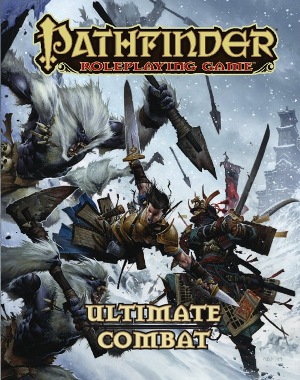Mur Lafferty on Reading the Classics
Mur Lafferty, author of The Afterlife Series and Playing For Keeps, has kicked off an interesting discussion on reading classic SF and Fantasy on her blog:
I’m not quite sure how to read classic SF. You know the stuff that was groundbreaking with its expanse of ideas that hadn’t even been considered yet? But it was also the stuff that was very likely sexist, had cardboard characters, was completely lacking women or POC, used what we consider now to be hack tools (eg “looking in a mirror to describe the protag”), and may have protags that are total jerks.
I couldn’t finish The Stars My Destination, The Chronicles of Thomas Covenant the Unbeliever or the Book of the New Sun. I can’t root for a rapist protagonist. And I really wanted to read Stars and New Sun.
Recently I couldn’t finish Earth Abides (despite the wonderful intro by one of my favorite authors of all time, Connie Willis.) I got bored and annoyed with the elitist, “It’s the end of the world, but I’m CERTAINLY not going to hang out with whores and drunks,” attitude of the protagonist. And WTF is up with mentioning that a woman is “young enough” in her description, and leaving it at that? …how can I appreciate the classics when I run into such painful roadblocks like this? It’s hard to read things I’m not enjoying, even for academic purposes.
Speaking as someone with an unnatural fondness for pulp fiction, this is a problem I’m intimately familiar with. My last attempt to re-read Asimov’s Foundation Trilogy ended in utter failure. And I dearly loved that book in my early teens. But I didn’t pay much attention to girls then, and I suppose a book that also pretended women didn’t exist just didn’t seem very unusual.
Comments are now closed on Lafferty’s blog (she notes they had “gone into unhelpful areas“), but you can read the original post and comments here.
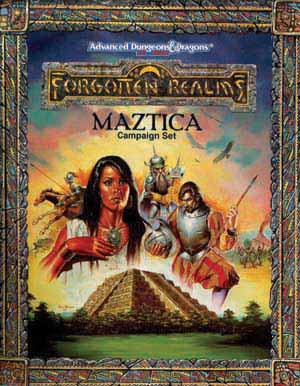
 Hal Duncan’s The Book of All Hours is a dazzling, fascinating, frustrating work. A duology consisting of 2005’s Vellum and 2007’s Ink, it plays with structure and story in powerful ways, while also seeming to fall back too easily into black-and-white absolutes and traditional forms. The oddity of the book is that although in some ways it appears radically new, in other ways, as one reads further into it, it comes to feel more and more familiar.
Hal Duncan’s The Book of All Hours is a dazzling, fascinating, frustrating work. A duology consisting of 2005’s Vellum and 2007’s Ink, it plays with structure and story in powerful ways, while also seeming to fall back too easily into black-and-white absolutes and traditional forms. The oddity of the book is that although in some ways it appears radically new, in other ways, as one reads further into it, it comes to feel more and more familiar.
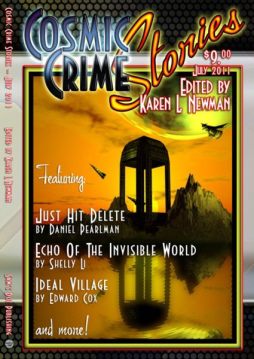
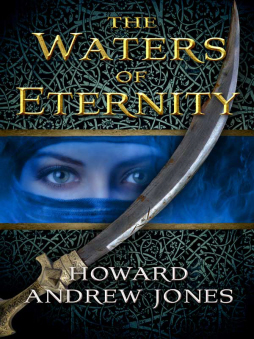
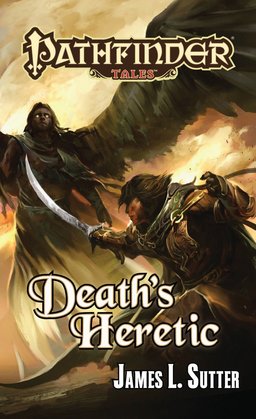
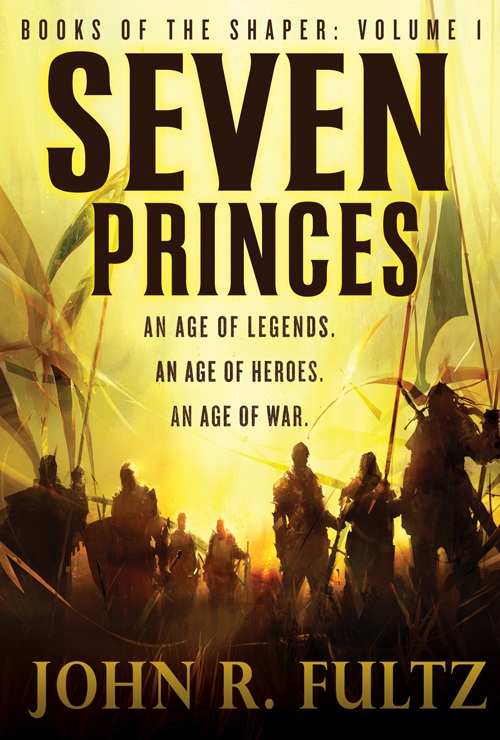
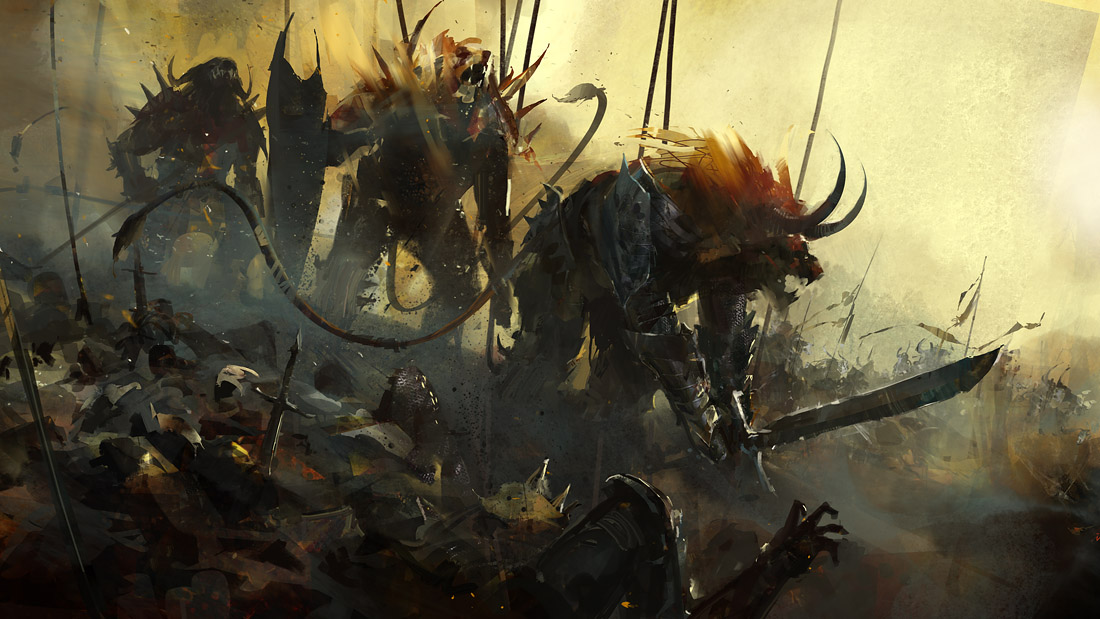
 The November
The November 